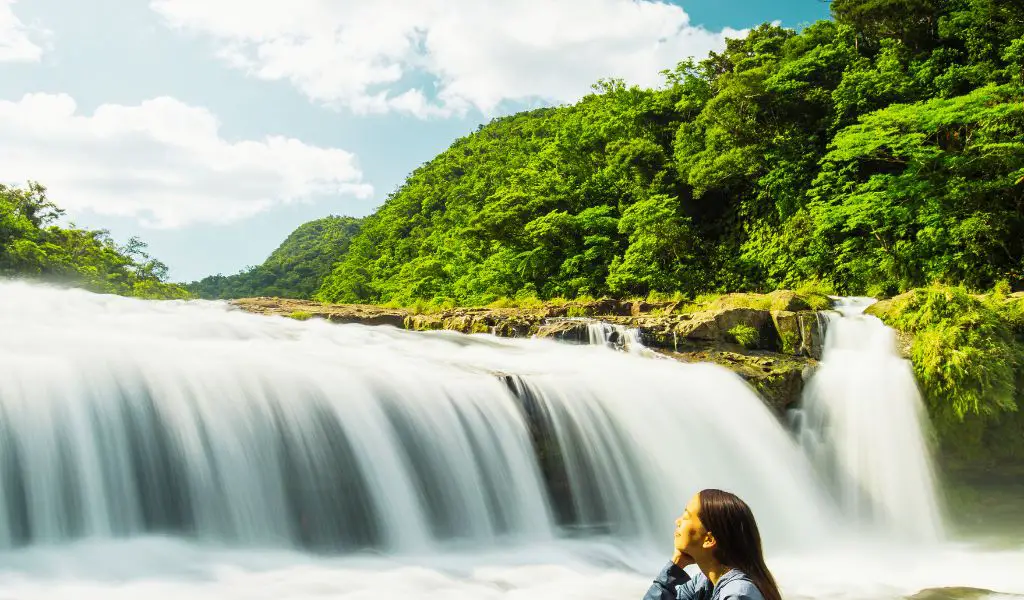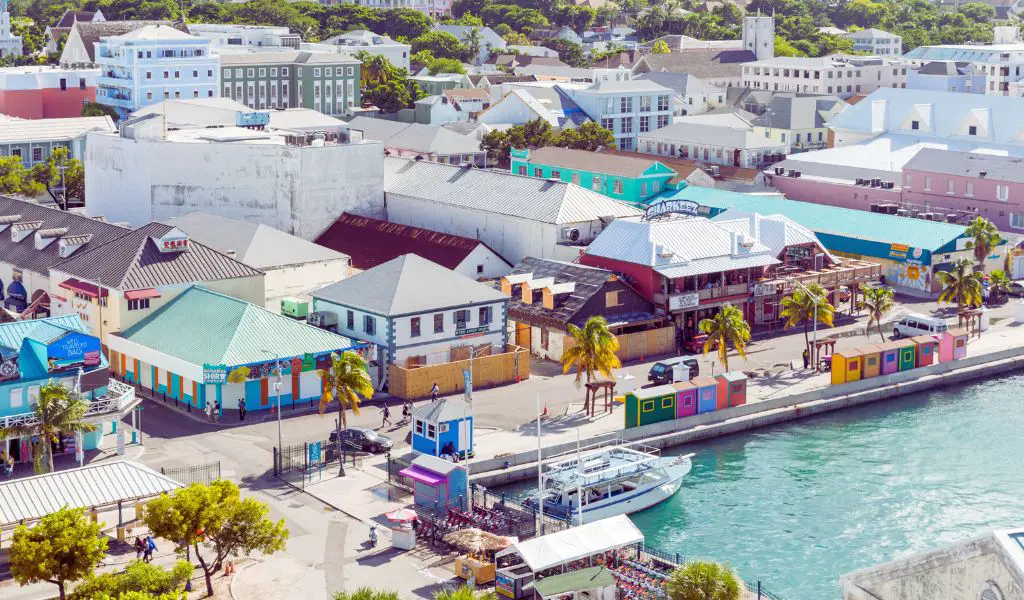Iriomote, the second largest island in Okinawa Prefecture, is a treasure trove of natural wonders. Part of the Yaeyama Islands group, Iriomote is often overshadowed by its more popular neighbors, but it offers an unparalleled experience for those seeking adventure and tranquility in equal measure.
Geography
Geographically, Iriomote is predominantly covered by dense subtropical rainforests and mangroves, with the Iriomote National Park encompassing a significant portion of the island.
This lush landscape is intersected by rivers and waterfalls, making it a prime location for jungle trekking and river kayaking.
History
Historically, Iriomote has remained relatively isolated, which has helped preserve its unique ecosystems and traditional way of life.
The island’s history is deeply rooted in the broader Ryukyu Kingdom narrative, with influences from various Asian cultures due to maritime trade.
Attractions
Notable attractions on Iriomote include the Urauchi River, the longest in Okinawa Prefecture.
A boat ride on this river offers visitors a chance to witness the island’s pristine beauty.
The Mariyudu and Kanpiree waterfalls, accessible via a jungle trek from the river, are among the island’s hidden gems.
Activities
Popular activities on Iriomote range from exploring the mangrove forests on a kayak to diving in the surrounding coral reefs.
The island is also home to the Iriomote wildcat, a critically endangered species found nowhere else in the world.
Nature enthusiasts often embark on guided tours in hopes of spotting this elusive feline.
Population
Iriomote has a modest population, with less than 2,000 residents. The inhabitants primarily reside in small villages scattered across the island.
When to Go
The ideal time to visit Iriomote is between October and May. These months offer pleasant weather, suitable for outdoor activities.
The summer months can be humid, with occasional rainfall and typhoons.
How to Get There
Iriomote doesn’t have an airport. The primary access point is via Ishigaki Island, which is well-connected to mainland Japan.
From Ishigaki, there are regular ferries to Iriomote, with the journey taking approximately 40 minutes.
Highlights
Iriomote National Park: A vast expanse of untouched wilderness.
Yubu Island: Accessible by water buffalo cart, this island is known for its traditional Ryukyuan culture.
Barasu Island: A small coral island perfect for snorkeling.
Pinaisara Falls: The tallest waterfall in Okinawa, offering panoramic views of the island.
What You Should Know
Currency: Japanese Yen (JPY).
Language: Japanese is the primary language, though some locals may speak basic English.
Safety: While Iriomote is generally safe, visitors should be cautious during outdoor activities, especially in the jungle, due to the wild terrain.
FAQs about Iriomote
Are there accommodations available on Iriomote?
Yes, there are several guesthouses, lodges, and resorts on the island. It’s advisable to book in advance, especially during peak tourist seasons.
Is it possible to rent vehicles on the island?
Yes, there are rental services for cars, bicycles, and scooters. However, given the island’s terrain, many prefer guided tours for certain activities.
Are there any guided tours available for spotting the Iriomote wildcat?
Yes, several tour operators offer guided treks with the aim of spotting the Iriomote wildcat. However, sightings are rare due to the cat’s elusive nature.




